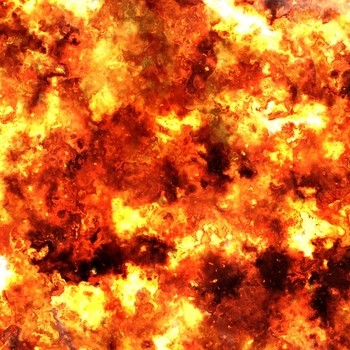Nitrogen and oxygen combine to form many oxides. In some oxides, 14gm of nitrogen combines with either 16gm of oxygen or 32gm of oxygen. In some other oxides, 28gm nitrogen combines with 16, 48 or 80gm oxygen.(i)what are the formulae of the oxides?
1 Answer
See below.
Explanation:
The formulas for the first two oxides are
Referencing the periodic table, we know nitrogen has a molar mass of 14 grams/mol. Thus, if we have 14g of nitrogen we have 1 mol of it.
Going back to the periodic table, we know oxygen has a molar mass of 16grams/mol. Thus, if we have 16g of nitrogen we have 1 mol of it. This means if 14g of nitrogen reacts with 16g of oxygen, we get a molecule with a 1:1 ratio (
Using the same logic for the second oxide, if we have 32g of oxygen that means we have 2 mols of it. We now have a 1:2 ratio of nitrogen to oxygen (
The formulas for the last three oxides are
We now have 28g of nitrogen, giving us 2 mols of it.
In the first of the last three oxides, we have 16g of oxygen, giving us 1 mol of it and a 2:1 ratio of nitrogen to oxygen (
In the second of the last three oxides, we have 48g of oxygen, giving us 3 mols of it and a 2:3 ratio of nitrogen to oxygen (
In the last oxide, we have 80g of oxygen, giving us 5 mols of it and a 2:5 ratio of nitrogen to oxygen (
Hope this helps!

